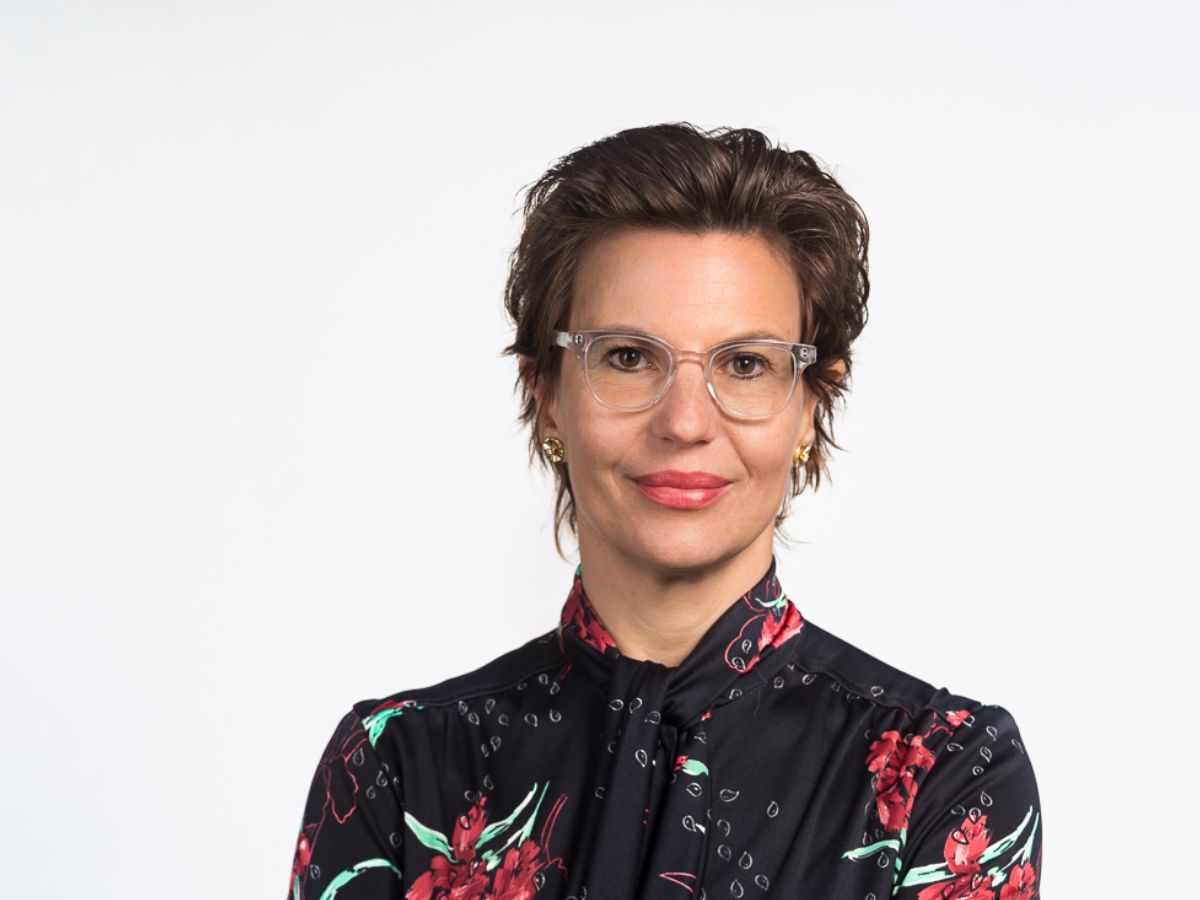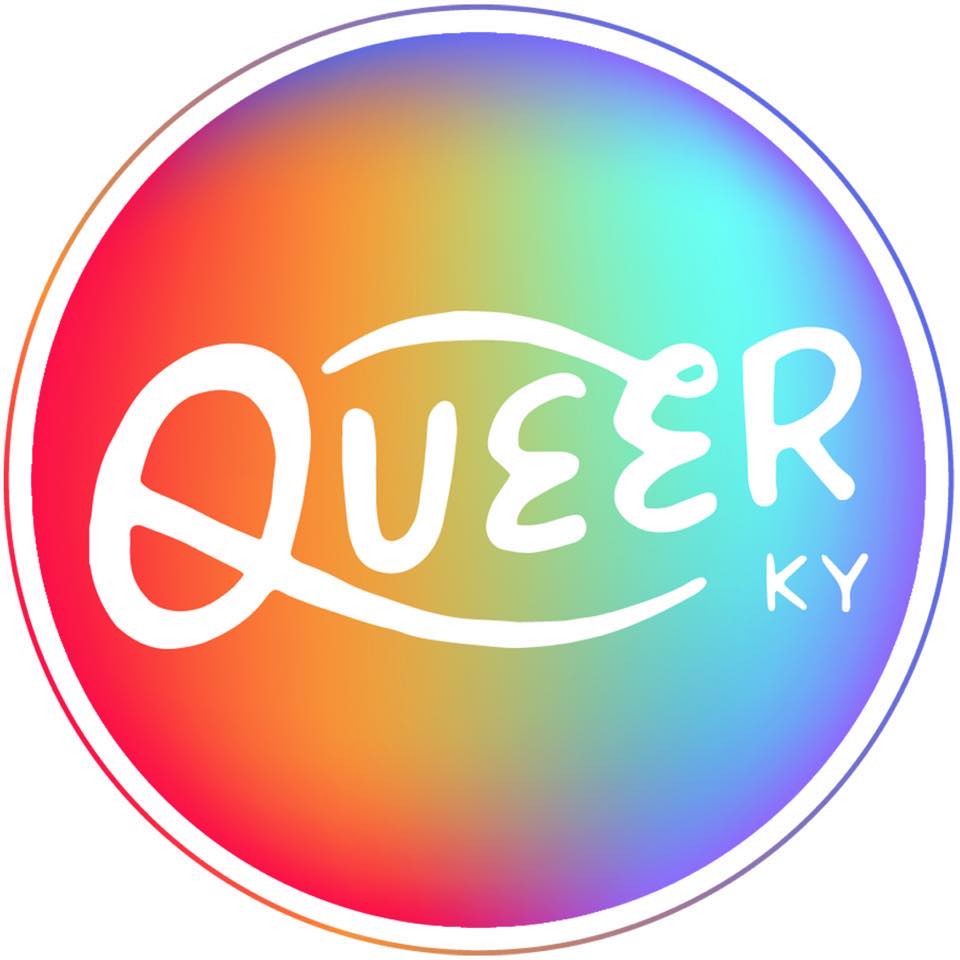
Raphaela Platow
Q&A
with Stephanie Wise
Raphaela Platow is the new director at the Speed Art Museum in Louisville, Kentucky. Platow comes to Louisville after a successful fourteen year tenure as the director and chief curator at Cincinnati’s Contemporary Arts Center. This summer she stepped into the position vacated by former director Stephen Riley. Platow is an internationally respected curator and art historian from Munich.
Stephanie Wise: What was your first impression of the art community in Louisville having come from Cincinnati?
Raphaela Platow: I moved to Cincinnati in 2007. I’m a very curious person and I like to explore. At the time we had a curator at the Cincinnati Art Center (CAC) who was originally from Louisville. Very early on she and I went on little trips to Louisville. I’ve always encountered it since then as a vibrant art scene with a lot of interesting practitioners with really interesting alternative art spaces and galleries. Just a fertile ground for artists. Like Cincinnati, Louisville has a lot of well-established arts organizations like Actors Theatre, the Kentucky Opera, the Louisville Orchestra, the Speed Art Museum, and KMAC Museum. There are great university art galleries but also artist driven galleries and projects. Since 2007 I’ve experienced it as a really great art community that is also anchored by a few amazing collectors of contemporary art. So, yeah, I’ve been drawn to the Louisville arts community for quite some time and look forward to being literally in the middle of it all.
SW: Based on your experiences with the CAC, such as raising attendance by 400% and heading the biggest renovation of the building since its opening in 2003, what do you anticipate implementing at the Speed?
RP: It’s such a potent question. I have a lot of different ideas, but my ideas are always shaped in collaboration with other people like the staff, the board, and community members. I believe I am the kind of leader whose goal is to shape an organization that is really investing in its community and is thinking very hard about what kind of value it brings to that community. I am learning and listening to what staff, the Board of Trustees, the Board of Governors, students, artists, and other community members and stakeholders have to say and where the opportunities are in the city. I don’t think it works for any director to come in with a vision to implement because every community is so very specific. I think I’m a very community-focused person, art and artists-focused person, and somebody who really values the kind of learning art organizations can bring to a lot of different age groups. There are some big projects under way, like Speed Outdoors. My intention will be to continue these amazing initiatives, making sure they bring as much joy, engagement, gathering opportunities, and art experiences as possible. Vision is always a collaborative experience in my mind. I might have some great ideas, but they don’t really mean anything until they’ve been tested and informed by people who live in the community.
SW: It sounds like community and communication is a big focus for you: sharing ideas and listening to other people.
RP: Totally. It’s a very collaborative process in my mind, you know?
SW: The museum is a cultural authority in times of crises, such as the fight for justice for Breonna Taylor, and the pandemic; how do you feel we can continue these important narratives and bring together more diverse groups of people in Louisville?
RP: My hope would be that the museum overall becomes a place where diverse groups of people can see themselves. That means making the collections more inclusive and pulling out the “alternative” narratives that have not been a part of the master narrative, so to speak. That is ongoing and very important work for art institutions in the country right now and I very much want to be at the forefront of all of that. That’s what I did at the CAC and it’s become a much more diverse, inclusive, equitable, and accessible organization. That’s my hope; that from the inside out we can be that kind of Speed Art Museum.
In terms of art museums responding to communities and what’s going on in the moment, I think it’s very important to be able to address immediate concerns. Hopefully we will not have an opportunity in a long time to respond to something as tragic as the killing of Breonna Taylor. It can be all kinds of different things, especially when it comes to racial justice. I think there just has to be ongoing work and there has to be a built-in capacity within the organization to respond, if it can, to a community need. That means leaving some space in the exhibition calendar, or for these particular opportunities it means shaping an institution that can, not entirely, but in some way, pivot and adapt and engage in community conversations. We have so many opportunities beyond exhibitions, like film programing. It is just being very, very sensitive to the communities and what the community is looking to us to provide. Building bridges across culture, creating more empathy and awareness cross-culturally is hopefully something we do on an ongoing basis.
SW: I like how you said keeping space in the exhibition calendar and other ways of adapting in the moment. Not giving yourself space or time to react with the world doesn’t leave room for growth. A minute ago, you said you want to be at the forefront of the art community. What institutions, artists, and curators do you look to for inspiration locally or internationally?
RP: It’s such a good question. There’s such amazing work being done in the country at so many different institutions. It would be really hard for me to say, “oh my god there’s this one place that is doing phenomenal work.” I think that’s the opportunity of today—that we are in the middle of a sea change and it just challenges all of us—curators and other museum leadership—to be more open minded and to think more inclusively. There are so many amazing new people that are joining the field that I think will help push all of these initiatives forward and redesign the museums and what they’ve stood for for so long. I think there’s just a lot of amazing work happening across the country, like in large institutions in the South and small institutions on the coast.
SW: Speaking of looking at what museum leadership has done and will do, can you describe a museum director’s day-to-day?
RP: What I love about what I do is that there’s a variety of things that come up and shape my days. I can go from a meeting with my board chair to thinking about a future board retreat to an in-depth meeting about the collections and how we want to strategically shape the collection into the future. From finance meetings, to lunch with a donor, to observing a school being toured through the institution, to having a senior team meeting, to meeting another donor for cocktails, to participating in a nationwide call with museum directors around new COVID-19 strategies, to responding to a hundred emails in the middle of all of it and making a few phone calls. You go from meeting with the head of facilities and you have to think through maintenance of the building and how your boilers are doing. It is action packed and you just pivot from one interesting subject to the other. I love that. It’s a whole variety of things and I find that really exhilarating. It’s never boring. Every day is different.
SW: In addition to your interest in the community and growing the diversity in the collection, what are other ways that you believe Louisville’s art community can grow?
RP: It’s really, really, really important to me that inclusion and diversity touches everything and it also means bringing a diverse and emerging group of talent into the institution so that it’s not the same kind of thinking that has existed for years and years and years. We try to do that on all levels–in advancement, in finance, and education. It exists in curatorial on some level but I’m hoping to expand that a little bit.¹ It’s important to have a pipeline of talent and have a lot of different perspectives on the teams. Junior or entry level positions are something I want to look at.
SW: Lastly, I want to know what you foresee the Speed looking like in the next 3 to 5 years?
RW: I hope it will be a very vibrant, inclusive, and welcoming place for a lot of different and diverse audiences that feel connected and at home at the institution. Full of different art experiences in the community and filled by the community. Also, an institution that reaches beyond Louisville and into the Commonwealth in general. Exactly what that looks like, I don’t know quite yet. I believe deeply in youth arts education and art learning. I think it’s an important early connection that an arts institution has the opportunity to make. Exciting, but also a kind of place that allows you to contemplate, a place for conversations and dialogue across cultures, across cultural divides. An important place for community discourse and artistic expression through time and space. That’s what I hope for.
-
Citations:
- Ruckus followed up with Ms. Platow for clarification on the claim that diversity and inclusion already “exists in curatorial on some level.” At the time of publishing, the museum’s listed curatorial staff are all white and Ruckus has not received any further comment.
-
11.24.21
Stephanie Wise
 Raphaela Platow
Raphaela Platow






